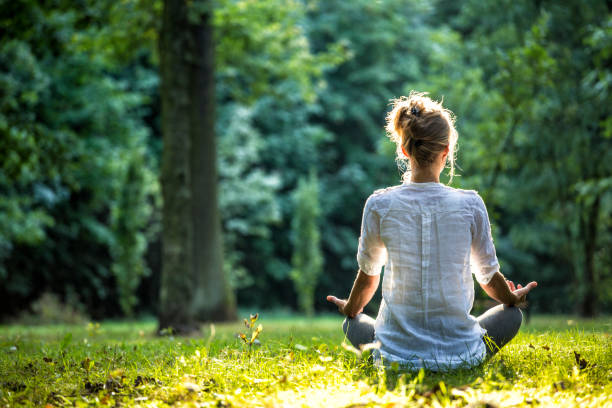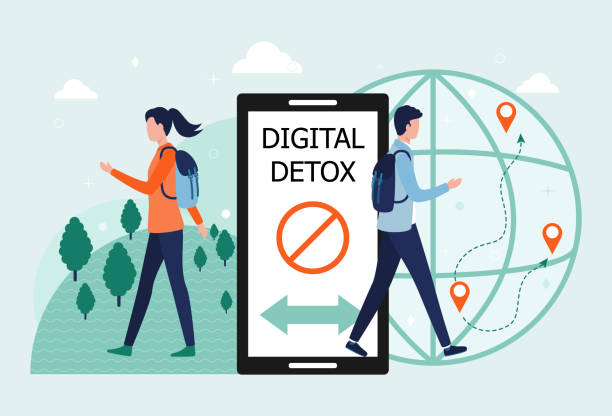Benefits of Gratitude : A Habit That Changes Life
Gratitude : The Small Habit That Changes Everything
Introduction: Why Gratitude Matters
In a world where we are constantly chasing the next big thing—a better job, a bigger house, the latest gadget—it’s easy to overlook what we already have. Gratitude, the simple act of appreciating life’s blessings, often gets lost in the rush. But here’s the truth: gratitude isn’t just a feel-good word. It’s a powerful tool that can transform the way we think, feel, and live.
Practicing gratitude daily can shift your mindset from scarcity to abundance, helping you focus less on what’s missing and more on what’s already present. And the beauty of it? Gratitude doesn’t require money, fancy tools, or hours of your day. It just requires a few mindful moments.
What Gratitude Really Means
At its core, gratitude is about recognizing and appreciating the good—big or small. It might be as profound as having a supportive family or as simple as enjoying your morning cup of tea. Gratitude isn’t about ignoring hardships or pretending life is perfect. Instead, it’s about noticing the light even when things feel dark.
Think of gratitude as a lens. Without it, you may see life through filters of stress, envy, or comparison. With it, you begin to notice the overlooked joys—kindness from a stranger, a sunny day, or even your own resilience.
The Science Behind Gratitude
This isn’t just philosophy; science backs it up. Psychologists and neuroscientists have found that gratitude activates the brain regions linked to happiness and empathy. Here’s how gratitude helps on a biological level:
-
Boosts Mental Health – Studies show gratitude reduces depression and anxiety by shifting attention away from negative thoughts.
-
Improves Sleep – People who write down what they’re grateful for before bed sleep better.
-
Strengthens Relationships – Saying “thank you” makes people feel valued, deepening personal and professional bonds.
-
Enhances Resilience – Grateful people recover faster from setbacks because they focus on hope and possibility.
In simple words, gratitude re-wires your brain to look for the good instead of obsessing over the bad.
Why Gratitude Feels Hard in Modern Life
If gratitude is so good, why don’t we practice it more? The answer lies in how modern life works. We live in an age of comparison. Social media constantly shows us curated lives of others—luxury vacations, dream jobs, perfect families—making it harder to feel satisfied with our own.
Add to that the pressure of deadlines, bills, and endless to-do lists, and gratitude often slips away. Many people think, “I’ll be grateful when I achieve this or when life looks perfect.” But gratitude doesn’t work like that. It’s not a reward for having it all—it’s the practice that helps you feel content even when things aren’t perfect.
How to Build Gratitude into Daily Life
The good news is that gratitude can be trained like a muscle. The more you practice, the stronger it becomes. Here are some practical ways to start:
1. Keep a Gratitude Journal
Take five minutes each day to write down three things you’re grateful for. They don’t have to be big. Something as small as “the smile of my child” or “the taste of hot coffee” counts.
2. Express It Out Loud
Say “thank you” more often—to your partner, a colleague, the cashier at the store. Verbal gratitude not only uplifts others but reinforces positivity in you.
3. Practice Morning Gratitude
Before checking your phone, think of one thing you’re thankful for. It sets a positive tone for the day.
4. Gratitude Letters
Write a letter to someone who has impacted your life. Even if you don’t send it, the act of writing fills you with warmth.
5. Shift Perspective During Challenges
When facing difficulties, ask: What can I learn from this? What hidden blessing might exist here? It’s not about denying pain—it’s about finding meaning within it.
Real-Life Stories of Gratitude
Consider Maya, a young professional who felt overwhelmed by her demanding job. Stress consumed her until she began a daily gratitude journal. At first, her entries felt forced—“grateful for food, grateful for a roof.” But slowly, she started noticing genuine joys: her supportive mentor, laughter with friends, even the quiet of her evening walks. Within months, her outlook on life shifted, and she described herself as “lighter and more hopeful.”
Or take Daniel, who lost his business during a financial downturn. While grieving the loss, he began to write gratitude letters to people who supported him. Those connections not only deepened his relationships but also opened unexpected opportunities for new ventures. Gratitude didn’t erase his struggle—but it gave him the strength to rebuild.
The Ripple Effect of Gratitude
Gratitude doesn’t stop with you; it spreads. When you practice gratitude, you inspire others to do the same. A simple thank-you at work can improve team morale. Expressing gratitude at home can strengthen family bonds.
It also helps break cycles of negativity. Imagine this: you’re stressed and irritable, but you pause to thank your friend for listening. That moment softens tension, creates connection, and sets a different tone for the day. Gratitude is contagious in the best way possible.
Overcoming Misconceptions
Many people think gratitude means ignoring problems. That’s not true. Gratitude doesn’t erase struggles—it gives you a new perspective to face them. Others believe it’s something you either “feel” or don’t. In reality, gratitude is a practice, not a mood. The more intentional you are about it, the more natural it becomes.
Why Gratitude Changes Everything
At the heart of it, gratitude changes the story you tell yourself. Without it, the story often sounds like “I don’t have enough, I’m not enough.” With gratitude, the story shifts to “I already have so much, and I am growing every day.”
And when your story changes, your reality changes. You become more hopeful, kinder, and resilient. Gratitude doesn’t magically solve problems, but it gives you the emotional fuel to handle them better.
Conclusion: A Small Habit, A Big Shift
Gratitude is proof that small habits create powerful transformations. It doesn’t require hours of meditation or major life changes—just a few intentional moments of appreciation. Whether it’s journaling, saying thank you, or simply noticing the beauty in an ordinary day, gratitude shifts your focus from what’s missing to what’s meaningful.
So, next time you feel weighed down by stress, comparison, or challenges, pause. Ask yourself: What can I be grateful for right now? The answer may be smaller than you expect, but its impact will be bigger than you imagine.
Because at the end of the day, gratitude isn’t just about being thankful. It’s about living fully—and that small habit truly can change everything.
Visit Our Other Pages You Wanna Know (Must Read).
-Top 100+ Weird and Wonderful Facts
-Top 10+ Business Ideas to Start in 2025 for Beginners


